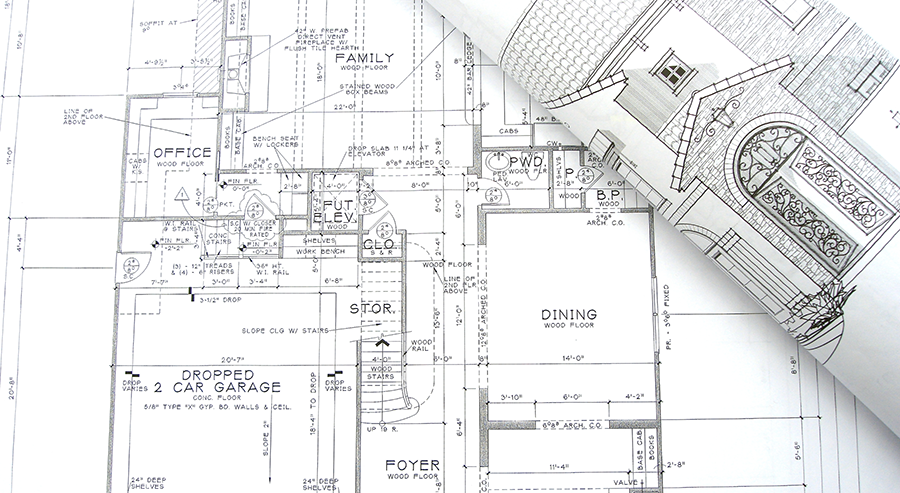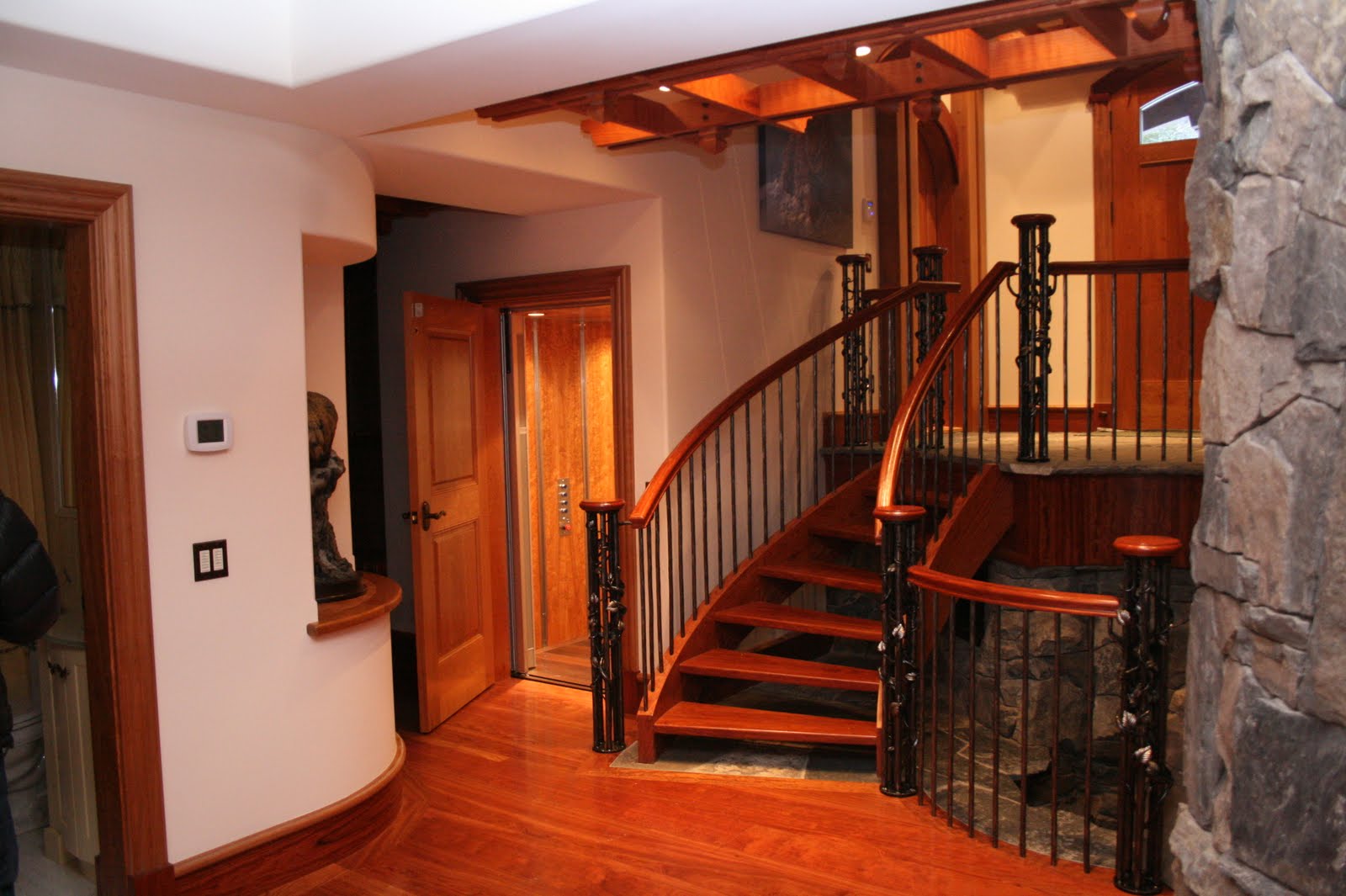Table of Content
The accordion style door is similar to the sliding door except that it has several narrower panels that recede into each other and therefore save on space. It adds an extra $550 to $1,800 to the cab cost over the scissor style. The cab moves along guiderails, and its weight is countered by a counterweight. The traction elevator has a control system, drive motor, gear or gearless system, and a speed governor. The geared traction has a gearbox for variable load and speed change. The gearless traction has the pulley attached directly to the motor.

When talking about elevators, there are different sizes and types we can choose from, which obviously will influence the price of installation. Some of the most common types are hydraulic elevators, pneumatic elevators, and cable-driven elevators. The size and type of elevator you choose will be the most significant factor in determining how much it costs.
Recommend Projects
Each model runs very quietly, and you can fit a wheelchair comfortably in them. You won’t need major construction or rewiring for this elevator, so you won’t have to do a remodeling project with it. Home elevator fixtures include car operating panels, phone boxes, hall stations, lighting fixtures, handrails, and specialty items. Whatever your finish preference, we can provide you with elevator fixtures that blend into your home’s decor. Your elevator is custom-designed to fit seamlessly into your home.

The average cost of the installation of an elevator is around $35,000 and $50,000. Elevator home maintenance will help extend how long the unit lasts in the home. Warranty coverage is very important when selecting a new home elevator. You want to have coverage for at least five years following your purchase in case any issues arise.
Can You Retrofit Your Closet for a Home Elevator?
Elevators can increase your home’s value, particularly when built during the initial house construction or are custom-made. You may recoup a minimum of 50% of the total cost at the time of resale and even more in some areas. Elevator maintenance contracts are a good idea if you plan to install a new lift. On average, you’ll pay around $350 per year to maintain a service contract with an elevator technician.

Easy Climber home elevators don’t require a shaft, machine room or dedicated power line, so the construction costs are affordable for nearly every budget. Pneumatic elevators utilize a vacuum system within a tube to power their movement. No pit or machine room is needed, making pneumatic home elevators the simplest to retrofit into an existing home. Those who live in multi-story homes as they age are frequently concerned about navigating the stairs safely.
Site Preparation and Installation
Extra mechanical rooms add cost, but most elevators also include some kind of battery backup system as well. Depending on the style of elevator, the equipment portion of the total price typically costs between $1,000 and $40,000. A home elevator is designed to carry at least one or two people, people in wheelchairs, or a person and their belongings from one level to the next. Home elevators work in at least two-story houses where the homeowner wants to add an easier method of carrying things between floors or when assistance is needed to get to another level. The average cost of a home elevator is $30,000, but they can be much cheaper if they’re a vertical lift style or installed on the exterior of the house with an interior entrance.

Victorian elevators cost more at $35,000 to $55,000 and have a classic look with wood and even iron decor. Location also plays a role in the installation process, as some elevators require more space than others and are designed to be hidden or enclosed, resulting in more location restrictions. Home elevator installation also varies widely according to the type of elevator you’re putting in and where inside the home you’re putting it.
Elevator Installation Cheat Sheet
In case there are more construction and demolition works needed, or other retrofitting works are required, the price for a hydraulic elevator installation can go to $105,000 or more. Even though the pneumatic elevators are less expensive, they are not installed into a home. Moreover, they will usually have an inside area of only three-foot by four-foot. Even though there are larger models available, all of them will have a weight limit of up to 500 pounds.
Chain driven units also don’t require a separate machine room, saving space. Shaftless, or church elevators, cost around $20,000, and you can expect to pay between $15,000 and $25,000. Church elevators don't require a shaft and take up very little floor space.
If a MR is created, it will have a 30” access door and at least a 24” clearway to the machines. The entryways on each floor will be cut to the width of a standard door (32”) up to the width of a hallway (44”). After installation of the elevator, the entryway will be given a final finish. Next, the machines, electricity, and backup power will be installed in the MR by the supplier.
This cost is brought about by the difficulty of working in a confined environment with a built-up structure . It is cheaper to install a cable driven than a hydraulic driven elevator during a new construction, but more difficult and expensive to retrofit. A two-door elevator would accommodate differences in the landings, but it would cost an extra $750 or so to install. A comparison is made between standard and optional features than make costs so different. For example, shaftless elevators will be easier to install than those that have a shaft and machine room.
Each model is made to order to give customers as much control over the design as possible. Besides choosing size and style, buyers can add important safety features like gates. Elevators can help reduce the strain of carrying items up and down stairs, assist those with mobility issues, and help aging homeowners stay in their own homes as issues such as arthritis arise. There are three types of elevators that can be added to the home, with two versions available for retrofitting an existing home. They can be built into the home to appear decorative and concealed, or they can be added right out in the open, installed solely for functional purposes.

The entryway doors can only be operated when both cab and landing doors are properly aligned to each other. A leveling device ensures the car is safely aligned to within a half an inch of the landing. A cab apron ensures one does not trip when passing through the elevator entrance. The final limit switch, located at and activated by the emergency escape door, is a last result emergency switch that cuts off all power to the elevator in order to allow safe evacuation.
You will need to have extra space at the top of the elevator because this is where the mechanical parts responsible for lifting and lowering the elevator are. It’s a great choice for commercial projects, but it’s not popular for homes due to the odd space constraints. You can make them look decorative or concealed, or you can add them right out in the open to add a whimsical look to your home while making the house more functional. Additionally, you can help justify the home elevator cost by thinking about how it’ll increase your home’s overall value. This type of thing looks very good to buyers, especially if they’re older and want to find a home to live in by themselves as they continue to age. Elevator installations done in new homes are less expensive than existing homes, and the cost of installation can be between $5,000 and $10,000 or more depending on the layout of your home.
At Nationwide Lifts, you can choose from a variety of traditional and contemporary elevators, wheelchair lifts, and stair lifts. Since 1985, Arrow Lift has been in the business of helping our customers overcome barriers. From stair lifts to custom home elevators and commercial access solutions, we are committed to being the best in our industry and providing you with the best value in the market. Residential elevators were once reserved for the rich or famous owners of mansion-style estates, but in today’s market that is no longer the case. Due to the increased cost of real estate in urban areas, many Americans are opting for luxury townhomes with vertical floor plans. Other homeowners are looking for ways to adapt their home for accessibility or to age-in-place.


No comments:
Post a Comment